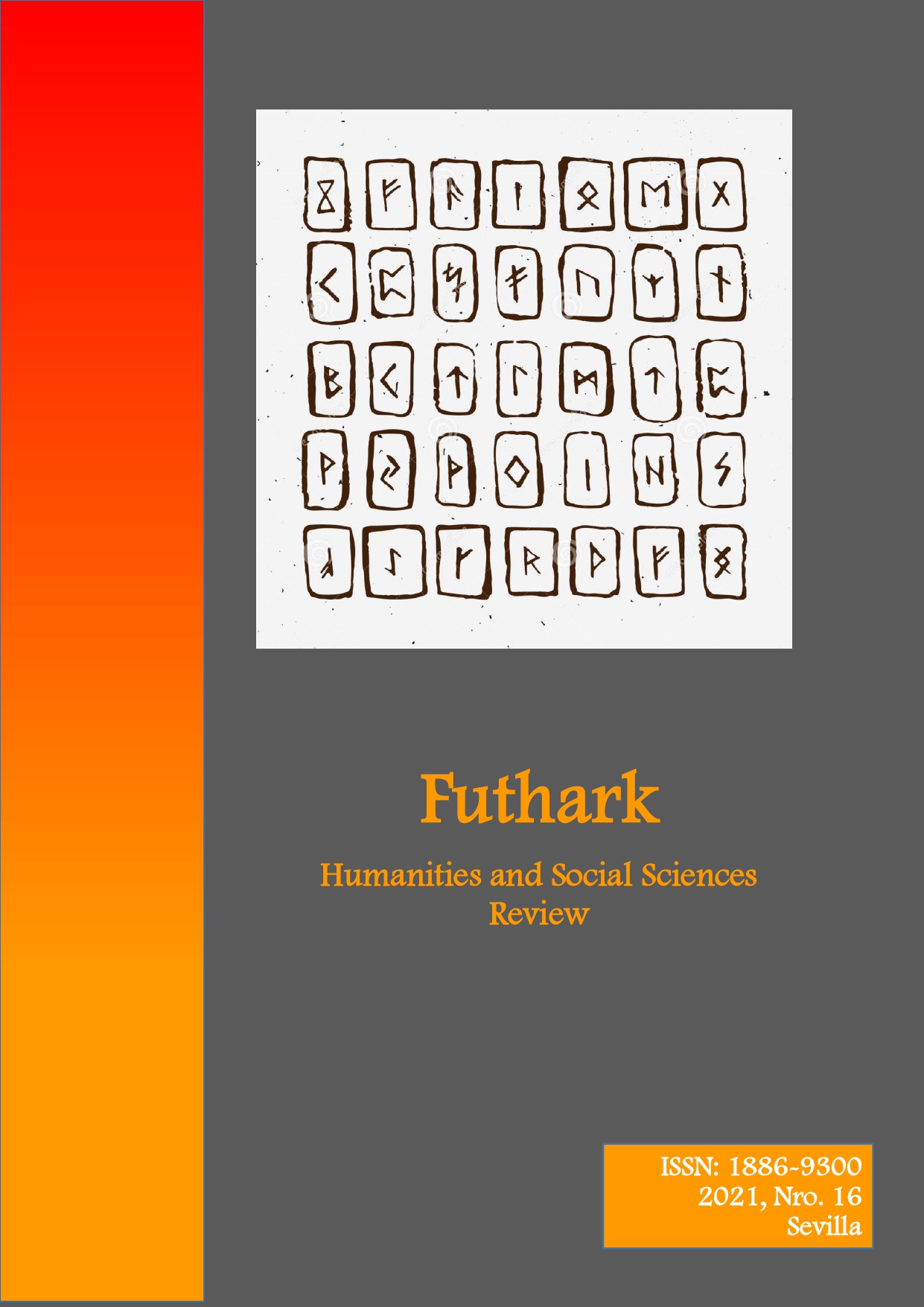A Gynocritic’s Oeuvre: Daughters Towards Balance for Better
Daughters Towards Balance for Better
DOI:
https://doi.org/10.12795/futhark.2021.i16.08Palabras clave:
women author, short stories, difference, interrogating patriarchy, Balance for BetterResumen
The language employed by women authors bear a ‘difference’ guaranteed by the author’s femaleness. The evolution of the feminine aesthetic is complete when the ‘psychodynamics of the individual or collective female literary tradition’ (Showalter 1982: 15) receives the vindication of the canon of ‘great’ literature, at par with the literature authored by men. Women writers successfully continue the tradition of ecriture féminine, or an exclusive style of women’s writing, through a voice of their own. It contributes towards strengthening the exclusive style of women’s writing ‘which draws upon the formless primeval song that emanates from the voice of the mother’ (Bhaduri and Malhotra 2016: 112) which the male writing often attempts to erase thereby naturalizing their gender roles as the virtuous woman, the seductress and the sacrificing mother (Nayar 2010: 94). The patriarchal mechanisms augmented through the naturalization of power structures are interrogated through women’s writings which contribute towards the birth of a literature of their own bearing a feminine creativity and inventiveness to represent her female protagonists’ ‘journey towards self-fulfillment with Jungian rites of passage’ (Baym 1978: 11). The metaphorical concept of ‘female identity’ is an inherent process dependent upon a mother-daughter bond, which the female creators/authors develop with their female characters (Gardiner 1982: 179); and besides being the hero of the author’s creation, she also becomes the author’s daughter as this connection contributes towards women’s psychological identities (Gardiner 1978: 244). Therefore the female authorship creates this association and an identity of this association contributes towards the development of a distinct engagement between the woman writer and her characters and ‘indicates an analogous relationship between woman reader and character’ (Gardiner 1982: 179). Through this literal identity often a reader feels remarkable and cogent in spite of being pharmaceutically subjected to a state of identity dissipation. Therefore through this distinct female identity Indian women authors writing in English have been able to portray women as ‘seats of consciousness’ (Donovan 1997: 212), their selves, their female voices, the social setting and audiences, and their responses towards it which differs to the male tradition, only to metamorphose the ‘voice’ as a woman-centered criticism – portraying aspects of ‘women’s experience which generate the style and content of their writing; and to examine the means by which women offer resistance to patriarchy through their writing’ (Spaull 1989: 86) and ‘deactivates its components’ (Kolodny 1991: 113). The female experience is the foundation of an ‘autonomous art, extending the feminist analysis of culture to the forms and techniques of literature’ (Showalter 1997: 218). This essay will discuss Sanjukta Dasgupta’s attempts to explore women’s experiences of trauma, frustration and fears imposed upon them through several constraints of the society through the oeuvre of her short stories. Her short stories emphasize upon the regular grapples undertaken by women [Dasgupta’s fictional daughters] with whom we can relate and feel the author’s anger which proliferate every corner of the narratives, thereby contributing towards the development of a separate sensibility and writing style for women and furthering the cause of women’s literature and female creativity by transcending the various historical boundaries.




